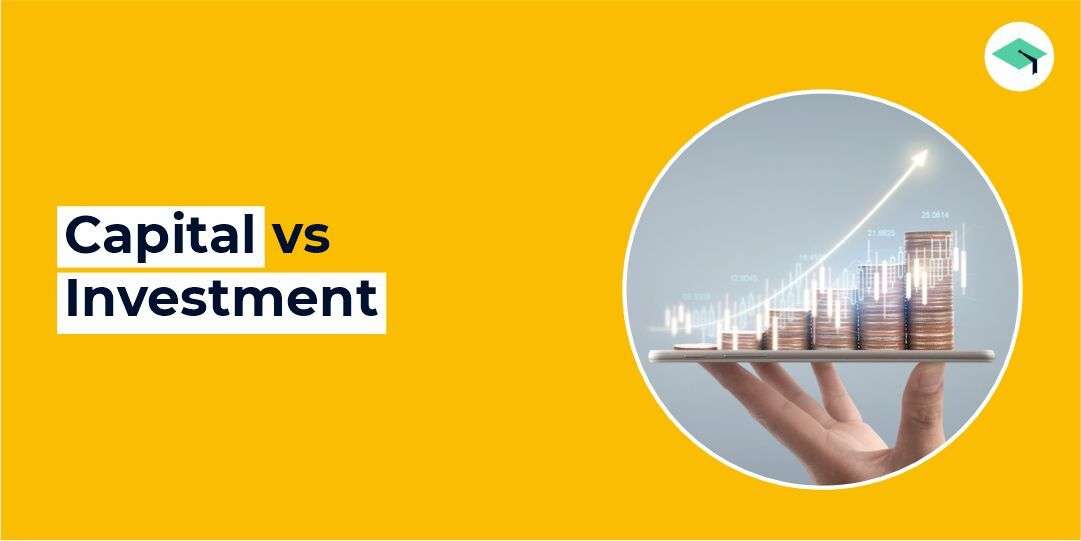
The initial investment refers to the upfront capital required to start a project or acquire an asset, which is crucial for evaluating the feasibility and profitability of a business venture. This amount can include costs such as purchase price, installation, and any other expenditures needed to make the asset operational. Understanding the initial investment is vital for calculating financial metrics like payback period and accounting rate of return, as it sets the foundation for assessing cash flows and returns over time. Part IV of this book therefore begins in Chapter 14 with a survey of what is known about factors that influence investor effort. There are various legal and economic factors at play in laying down the foundations of an investment.
Calculating Return on Investment (ROI)
Robo advisors are an affordable digital financial service that uses technology to help automate investing based on information you provide about your financial situation. You may lose money when you invest, including all of your initial investment. You can help manage that risk by using strategies like dollar-cost averaging and diversification, though it is impossible to fully remove risk from the investing equation.
What is an Investment in finance?
Borrowers may be anyone from federal and local governments to private companies. Investors generally expect to receive full repayment of the loan—plus interest—by the time the loan is due. The articles and research support materials available on this site are educational and are not intended to be investment or tax advice. All such information is provided solely for convenience purposes only and all users thereof should be guided accordingly. ROI is a metric that evaluates how much value has been gained from an investment relative to the cost.

What is your risk tolerance?
For example, if you had purchased an asset for $100 and the value appreciates to $120, then you have gained $20 worth of value for an ROI of 20%. Take the current value of the investment and subtract the cost of the investment. Divide by the cost of the investment and you have the return on investment. Investment managers can help ensure a well diversified portfolio, and can be beneficial when investing large amounts of money in different asset classes. Low risk investments are those with a relatively low risk of failure. Government bonds and stable indices like the S&P 500 are examples of fairly low risk investments.
Here is a simple example of an IRR analysis with cash flows that are known and annually periodic (one year apart). The term investment can apply to almost any asset, including intangible assets such as education. In terms of the stock market, investing typically refers to the purchase of stocks or bonds.
Learn At Your Own Pace With Our Free Courses
NerdWallet does not and cannot guarantee the accuracy or applicability of any information in regard to your individual circumstances. Examples are hypothetical, and we encourage you to seek personalized advice from qualified professionals regarding specific investment issues. Our estimates are based on past market performance, and past performance is not a guarantee of future performance.
Regardless of how you choose to start investing, keep in mind that investing is a long-term endeavor and that you’ll reap the greatest benefits by consistently investing over time. That means sticking with an investment strategy whether markets are up or down. Because they aren’t actively managed, ETFs usually cost less to invest in than mutual funds. And historically, very few actively managed mutual funds have outperformed their benchmark indexes and passive funds long term. The internal rate of return (IRR) is a metric used to estimate the return on an investment.
While both mutual funds and ETFs are types of funds, they operate a little differently. Mutual funds buy and sell a wide range of assets and are frequently can law firms measure ambition without billable hours actively managed, meaning an investment professional chooses what they invest in. Mutual funds often are trying to perform better than a benchmark index.
- Many investors who prefer to manage their money themselves have accounts at discount or online brokerages because of their low commissions and the ease of executing trades on their platforms.
- When you invest a consistent amount over time, you buy fewer shares when prices are high and more shares when prices are low.
- New venture opportunities emerge from the ‘fuzzy front end’ propelled by the drive, and personal funds, of the entrepreneurial team.
- He has to pay an additional sum of $200 for the installation of the new equipment.
Investment funds typically contain stocks, bonds, money markets, or a mix. Whether an IRR is good or bad will depend on the cost of capital and the opportunity cost of the investor. For instance, a real estate investor might pursue a project with a 25% IRR if comparable alternative real estate investments offer a return of, say, 20% or lower. However, this comparison assumes that the riskiness and effort involved in making these difficult investments are roughly the same. If the investor can obtain a slightly lower IRR from a project that is considerably less risky or time-consuming, then they might happily accept that lower-IRR project. In general, though, a higher IRR is better than a lower one, all else being equal.
Instead of buying and selling stocks, dividend investors hold stocks and profit from the dividend income. Stocks represent partial ownership of a company, and they may appreciate in value as companies become more successful or desirable. They also may generate income through dividends, or regular payouts of profits that some companies pay to shareholders. Notably, investing often plays out over the long term, meaning years, if not decades.
The main drawback of IRR is that it is heavily reliant on projections of future cash flows, which are notoriously difficult to predict. Initial investment refers to the capital outlay or expenditure made by an individual or company at the start of a project or venture. The initial investment often includes not only the purchase price but also any additional costs necessary to make the investment operational, such as installation or setup fees. Initial investment refers to the upfront capital that is required to start a project or purchase an asset.